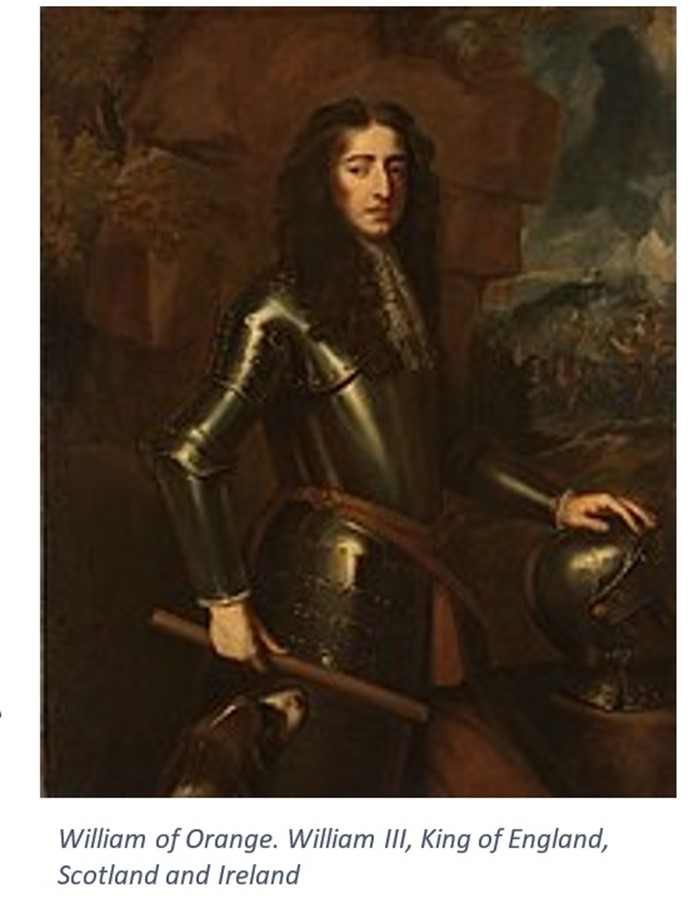The first question arising from the phrase “the English Civil War” is which one? Scholars may debate what constitutes a discreet English civil war, but there have been around eleven since the Norman Conquest in 1066. Most of the civil wars were between rival barons and royal houses. A succession crisis typically sparked conflicts after a sovereign died. A classic example is the War of the Roses, fought between supporters of the Houses of York and Lancaster in 1455-1487.
A significant departure from the previous baronial wars was the English Civil War of 1640-1651. This conflict has been called by many names, including the Wars of the Three Kingdoms, the Great Civil War, the Great Rebellion, and the English Civil War.
Over the centuries, the English throne was either stronger or weaker depending on the sovereign’s circumstances and skill. The wars with foreign adversaries and those with belligerents in the British Isles caused the English monarch’s royal treasury to be drained of resources periodically. To pay for wars and other governmental services, revenues were required. The English Parliament’s ability to raise taxes made it indispensable to the English Crown. Over time the Parliament became more powerful and curbed some excesses of the Crown. Charles I and James VI, the successors of Queen Elizabeth I, were less able to calm the tension between the monarchy and Parliament. They described their powers as absolute by the doctrine of the “Divine right of Kings.”
Unfortunately for Elizabeth’s immediate successors, in the 40 years after her death, the English monarchy suffered one severe blow after another. The royal magnet weakened and was buffeted by other powerful political magnets. In terms of political magnetism, the sovereign’s magnetic attraction rapidly diminished.
The English Civil War became very complex, with many centers of power vying for control. Ultimately, the unresolved conflict between the Crown and the Parliament led to a war between the Royalists and the Parliamentarians, also known as the Roundheads. Each side raised an army to attack the other side. Open warfare began in 1642. The Parliamentarians created their “New Model Army” and, during the first phase of the war, won several decisive battles, and ultimately King Charles I was taken prisoner. At the end of the second phase of the civil war, Charles I was found guilty of high treason and was beheaded on January 30, 1649. The royalist faction proclaimed Charles’ son King Charles II on February 17, 1649.
In the end, the biggest losers were the Royalists and Catholics. The Royalists continued to lose, and in 1653 Charles II was forced to abandon the British Isles, so he retreated to France. Thus, in 1653 there was no monarch in England, Scotland, and Ireland. The Parliament replaced the monarchy, with Oliver Cromwell serving as Lord Protector. When Oliver Cromwell died in 1658, his son Richard became the Lord Protector. However, the Lord Protector model fell apart since it was another version of autocracy, and chaos descended on the realm. King Charles II returned from French exile and was proclaimed king in May 1660. The political magnets in Great Britain were weak and constantly changing polarity. Interestingly, this constantly changing political polarity caused many English, Scottish, Welsh, and Irish to immigrate to the North American continent to remove themselves from the chaos of war, religious conflict, and their aftermath.
Religious conflict and the unfortunate actions of callous, authoritarian leaders create countervailing forces that ultimately replace even the most powerful kings, potentates, or dictators. Despite the restoration of the monarchy, the British monarchy was never the same. Instead of a monarch’s divine right to rule and dictate the country’s religion, the British Isles moved toward a parliamentary monarchy and away from Catholicism. Although the Dutch Revolt was entirely different, both had a similar impetus.
Postscript: The Bloodless Revolution
When King Charles II died in February 1685, his brother James II became the King of England and Ireland and James VII of Scotland. Initially, all three countries embraced him as their king. However, James’ second wife was a Catholic, and he secretly accepted the Catholic Eucharist. When his second wife gave birth to a Catholic son, the Church of England became concerned. Additionally, the prosecution of Anglican bishops for seditious libel was viewed as a tilt toward Catholicism. These two events generated intense anti-Catholic riots in England and Scotland.
Instead of a civil war, a coalition of English leaders invited a man from the Netherlands, William of Orange, none other than the great-grandson of the original William of Orange (aka William the Silent), to be their next king. This younger William of Orange (1650-1702) had previously married his first cousin Mary Stuart in 1677. She was the daughter of King James II, the monarch he was replacing!

William of Orange accepted the English invitation to the throne and landed with a force of 20,000 men from the Netherlands. He marched on London, and his father-in-law’s army quickly disappeared. Mary Stuart’s father, King James II, went into exile in France, and William III and Mary II were made joint monarchs of England, Ireland, and Scotland. Both William and Mary were Protestants.
This “revolution” was essentially bloodless, but there were a few lingering conflicts in Scotland and Ireland. In the end, this revolution clearly established the primacy of the Parliament over the monarchy. The historic English “Bill of Rights” was passed in Parliament in December 1689. This act significantly curtailed the powers of the sovereign to suspend laws, levy taxes, and many fundamental individual rights.

